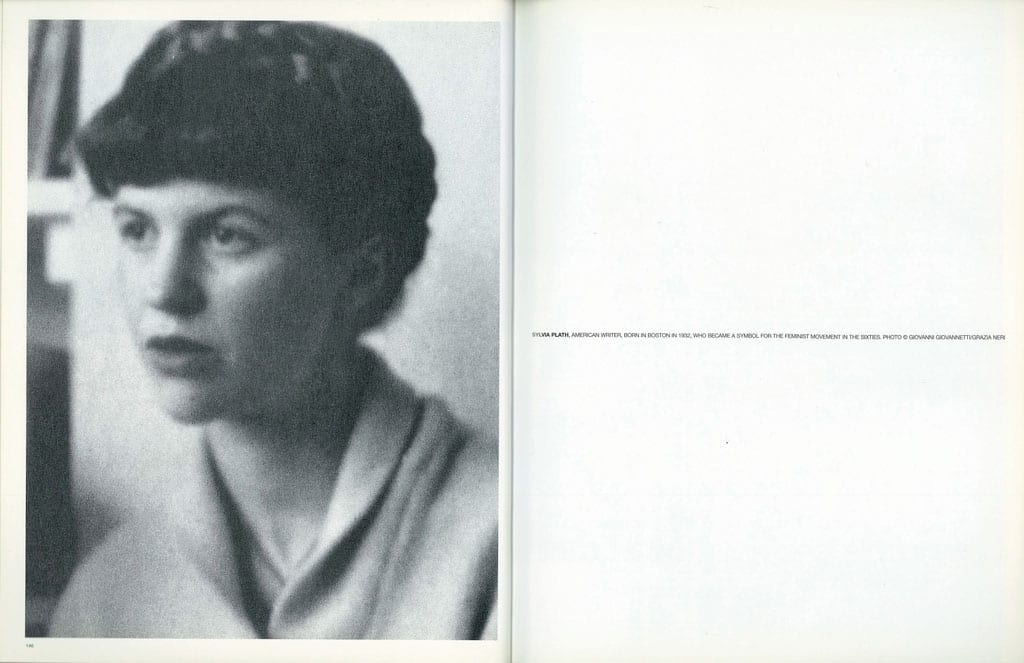
January 22 marked the first American publication of Mary Ventura and the Ninth Kingdom: a story written by Sylvia Plath in 1952, while she was studying at Smith College.
For those of us who have found a worthy school companion in the esteemed poet, novelist and short-story writer, and have devoured everything from Johnny Panic and the Bible of Dreams (1977) to Plath’s profound journals, this news is revolutionary.
For those who have yet to be informed that reading The Bell Jar (1963) is a rite-of-passage for all college students everywhere, this “newly discovered” text has since sparked an intriguing debate concerning the story’s mischaracterization.
First thing’s first…
Plath was born in 1932 in Boston, Massachusetts. A gifted and ambitious writer, she attended Smith College and Newnham College at the University of Cambridge. In 1956, she entered into a troubled marriage with fellow poet Ted Hughes—the pair had two children before separating in 1962. Following a long history of clinical depression, Plath took her own life in 1963 at the age of 30. Many of her works have been published posthumously.
The story behind the story
Written when Plath was 20-years old, Mary Ventura and the Ninth Kingdom was penned as an assignment for her English 220 class, “Practice in Various Forms of Writing.” The story borrows the name of her high school friend.
Plath, who would later become one of the most revered poets of the 1900s, arranged for the prose to be sent to Mademoiselle magazine, where she had secured a coveted and infamous internship (seriously, read The Bell Jar), for potential publication. The story was rejected.
Plath edited the story, changing the title and ending among other significant parts of the work, but never submitted the draft for publication again. The newly published version is that of the original, rejected draft, which most believe to be the story’s best form.
https://www.instagram.com/p/Bstsa6FFBr_/?utm_source=ig_web_button_share_sheet
What’s it about?
Mary Ventura follows a young woman—roughly the age Plath was when writing the story—as she reluctantly boards a train at her parent’s insistence.
Destination unknown, Mary finds herself reassured when she is seated next to a kind, older woman who is knitting a beautiful dress of green wool. Having made the journey before, the woman shows her around the luxurious train and invites her for a beverage. The bright garment she is knitting initiates a deliberate emphasis on colours and provides a visual, foreboding contrast to the darkening train and ominous red, grey and black scenery.
“Outside the picture window the orange sun was sinking in the gray west. It seemed smaller than when Mary had last looked at it, and the orange color was deepening into red.”
Indeed, halfway through the story Mary discovers that the train is actually “hurtling” towards the Ninth Kingdom, or “kingdom of frozen will”, and that no one else seems disturbed by this obvious but unspoken doom. Her companion eventually offers her an escape and Mary flees the train through a dark, snake-filled stairwell, up into a bright, summer city where she is received with love.
With Plath merely having referred to the story as a “vague symbolic tale”, the piece has been interpreted as an allegory for the ending of life, a nod to Dante’s Divine Comedy, and a discovery of female autonomy.
With full knowledge of Plath’s biography and the fact that she would attempt suicide for the first time the following summer, the story’s open-ended but urgent message seems undoubtedly significant.
“One can see why Mademoiselle magazine would have declined to publish such a nihilistic allegory, while also appreciating its rediscovery today”, wrote Claire Armitstead when The Guardian released an extract of the text.
Perfect timing
The US publication of Mary Ventura followed UK publisher Faber and Faber’s announcement that the story would be part of their 90th anniversary series of standalone short fiction titles. The media has since described the text as “newly discovered”, “recently discovered”, “lost”, “found”, “largely unseen”, and more to imply that Plath’s work has been freshly unearthed in some kind of treasure hunt. In the press release issued by HarperCollins, the story was promoted as a new find, unknown even to Plath’s estate.
As pointed out by Vulture, it’s “odd to imagine that any of her known work would not have been mined for publication. We can already read her senior thesis, her diaries, and her letters, and yet here’s a polished work we’ve never seen.”
In standard practice, this suspicion of the story’s lostness became the subject of a Twitter debate, until the truth was in fact confirmed.
“This story wasn’t ‘lost,’” Rebecca Baumann, Head of Public Services at IU Lilly Library wrote in a series of tweets.
“It is at @IULillyLibrary, where it is described in a detailed finding aid. It wasn’t ‘stumbled upon.’ It was given to the researcher by librarians.”
This story wasn’t “lost.” It is at @IULillyLibrary, where it is described in a detailed finding aid. It wasn’t “stumbled upon.” It was given to the researcher by librarians. https://t.co/SuX9how31G
— Rebecca Baumann (@arkhamlibrarian) January 8, 2019
“Literally thousands of researchers have accessed this material, in our collections since the late 70s.”
“’Discovered’ in this story actually means the estate lifting their restrictions and allowing this to be published at a culturally opportunistic moment,” she added.
Following its rejection from Mademoiselle magazine, the story made its way to into Plath’s archives as an “open secret”—where it had been available for at least four decades.
It was there that the work was “stumbled upon” by the critic, academic and former classmate of Plath, Judith Glazer-Raymo. Raymo revealed that the text had appeared in auction in 2014, failed to sell, and that she had arranged to purchase the manuscript directly two years later.
Raymo included the work, along with the Mademoiselle rejection letter, in the Grolier Club’s 2017 exhibition: “This Is the Light of the Mind: Selections from the Sylvia Plath Collection of Judith G. Raymo.” She also approached Faber with scans of the piece.
With such a compelling history, any Plath devotee who’s college workload is perhaps slightly too heavy to allow time for a one hundredth re-reading of The Bell Jar, will be sure to relish a short story that offers a glimpse into the young writer’s enormous future.
However, Mary Ventura and the Ninth Kingdom is a student’s story, and it has its flaws. If you’re not committed to analysing Plath’s entire oeuvre, just read The Bell Jar. I beg you.















